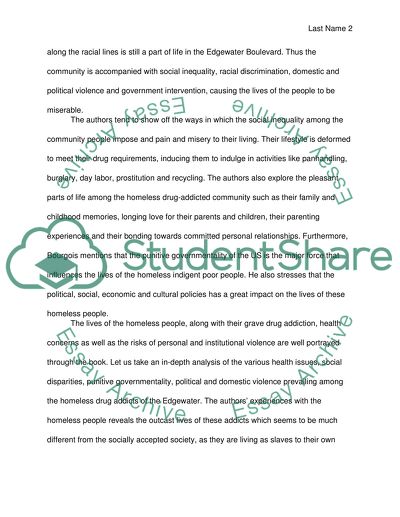Cite this document
(“Book analysis: Righteous Dopefiend Report/Review”, n.d.)
Retrieved from https://studentshare.org/sociology/1494133-book-analysis-righteous-dopefiend
Retrieved from https://studentshare.org/sociology/1494133-book-analysis-righteous-dopefiend
(Book Analysis: Righteous Dopefiend Report/Review)
https://studentshare.org/sociology/1494133-book-analysis-righteous-dopefiend.
https://studentshare.org/sociology/1494133-book-analysis-righteous-dopefiend.
“Book Analysis: Righteous Dopefiend Report/Review”, n.d. https://studentshare.org/sociology/1494133-book-analysis-righteous-dopefiend.


